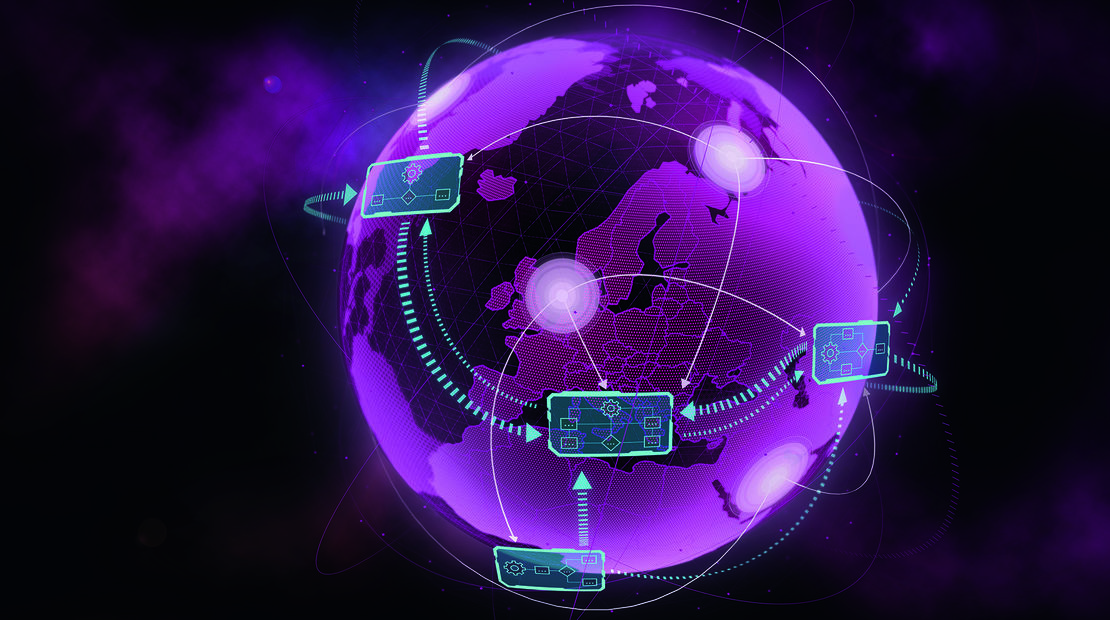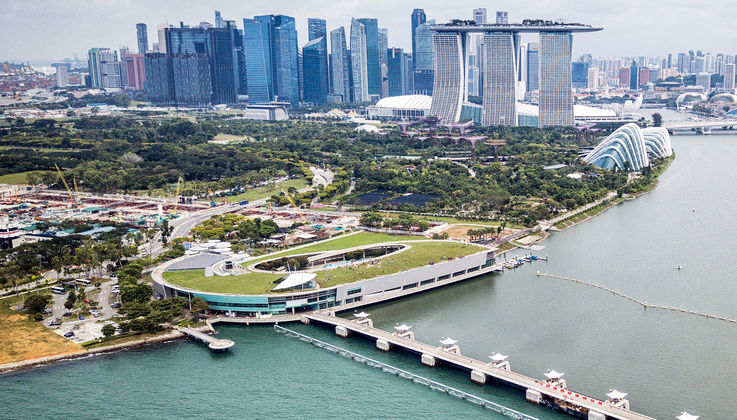
Futurology
Measuring the future
What will businesses look like in 20 years if they continue to use current established chemical processes? How do global production networks react to external influences? To consider possible future scenarios, Evonik examines chemical networks via system dynamics. While this does not provide a prediction of the future, it helps us to understand the behavior of complex systems over time.
At Evonik as well as in the entire chemical industry, products and raw materials are linked with each other via chemical processes to form a large network. This chemical network does not end at the factory gates but also involves suppliers and customers because they deliver raw materials and buy or process the products. But suppliers and customers are not only part of the Evonik network; they also have their own networks. Ultimately, every individual network is just a segment of an enormous web of production processes and substances.
Regardless of the size of the chemical network, it can be described quantitatively because the individual chemical conversion processes can be characterized by data—reaction equations, yields, energy balances. Evonik’s Chemical Network Simulation (ECNS) team aggregates all available data into a computer program and maps the chemical network throughout the entire supply chain.
The ECNS team deals with the question how established chemical processes, products, and raw materials, as well as Evonik’s markets will develop in the long term under the influence of external factors— technology, raw material resources, politics, society, climate, demographic change.



